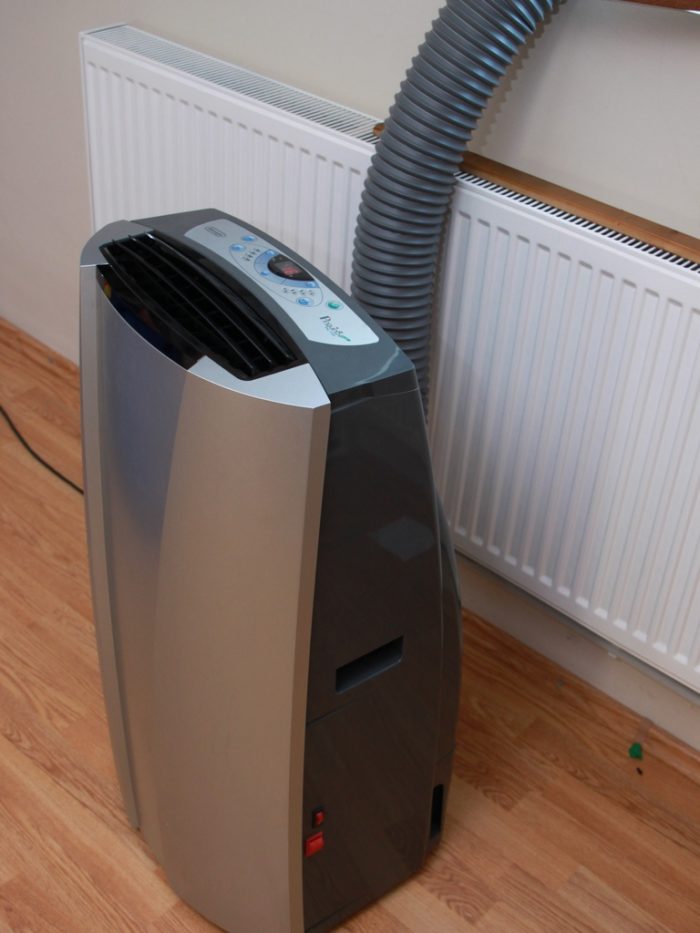
Image Credit: Emilian Robert Vicol / CC BY 2.0 / Flickr
On December 28, 2016, the Department of Energy (DOE) issued five new efficiency standards, culminating a decade of energy efficiency progress that began under President George W. Bush. The new standards, the last of many developed during the Obama administration, will save consumers money, help meet the nation’s energy needs, and reduce environmentally harmful emissions, including greenhouse gases. However, each of these new standards must clear one more hurdle before they are truly complete, which means the Trump administration will get the final word on this last batch of Obama-era standards.
First, the new standards. They cover an eclectic mix of products. The first national standards for uninterruptible power supplies, portable air conditioners, and swimming pool pumps, which are based on a consensus agreement, each deliver surprisingly large savings. For pool pumps, California has led the way with pool pump motor standards, and Arizona, Connecticut, and Washington have followed. California and Oregon have previously set standards for uninterruptible power supplies as part of their battery charger standards. Building on this state leadership, the new DOE standards provide a consistent national standard for these products rather than state-by-state regulation.
For walk-in coolers and commercial boilers, DOE’s latest actions would update existing national standards, originally signed into law by George W. Bush and his father, respectively. Manufacturers and installers of walk-in coolers negotiated the walk-in cooler levels with DOE and other stakeholders (including the Appliance Standards Awareness Project) after a lawsuit invalidated some earlier standards. The commercial boiler standards modestly increase the minimum levels for the heating equipment used in many mid- to large-sized buildings.
Savings could reach $35 billion
Altogether, this batch of new standards will save consumers and businesses $15 billion to $35 billion, according to DOE’s estimates. My colleagues Joanna Mauer and Chris Granda have described each in more detail in separate posts (pool pumps, portable air conditioners, uninterruptible power supplies, walk-in coolers, and commercial boilers).
None of these standards has been especially controversial. But, in each case, the incoming Trump administration will get the final word. Under recently instituted DOE processes, final rules must be available for public review for at least 45 days before DOE can send them for official publication in the Federal Register. Standards published in the Federal Register after President-elect Donald Trump’s inauguration will be at the discretion of the new administration.
One exception: the new swimming pool pump standards are exempt from this 45-day review period, because DOE is adopting them under a special process permitted for consensus-based standards. But, this special process also permits the DOE secretary to withdraw the new standard if significant objections are raised within the next few months. (The walk-in cooler standard is also a consensus-based standard, but DOE chose to adopt it through the process requiring the 45-day review period).
So, what does all this mean? Donald Trump and his DOE Secretary-designate Rick Perry, if confirmed by the Senate, will get the final word on each of these new standards.
DOE secretary designate may take pragmatic approach
Needless to say, the new secretary comes at energy policy from a different perspective than his immediate predecessors, and he’ll want to review all sorts of matters handed off to him. Undoubtedly, he will hear from some advisors that anything to do with the Obama administration should be deep-sixed.
But there is reason to hope — based on his record in Texas and those of previous Republican administrations — that he’ll take a more pragmatic approach. Rick Perry knows something about conservation standards. As governor of Texas, he signed a package of water conservation standards into law. The 2009 state law, passed as an element of the state’s response to persistent drought, shows that even deeply conservative lawmakers can embrace the need for reasonable standards.
Perry is not the first conservative governor of Texas to come around to support standards. As president, George W. Bush signed many standards into law as parts of the 2005 and 2007 national energy laws. Indeed, the enormous progress achieved on new standards during the Obama administration began under the Bush administration. After passage of the 2005 law and settling a lawsuit over many missed legal deadlines for updating standards, the Bush administration ramped up standards work.
The trajectory of the Bush administration was not unlike that of another famous conservative. After initially refusing to establish any standards, President Ronald Reagan signed the original 13 national standards into law in 1987. Each learned that a balanced and cost-effective approach to meeting the nation’s energy needs must address not only the amount of energy produced but also the amount consumed. In 2015, U.S. electricity usage was about 13% lower than it would have been absent any standards.
And that balanced approach has led to real-world benefits for everyday American families. We estimate that the typical household spends about $500 less a year on utility bills thanks to existing national standards
Interestingly, a recent poll showed Trump voters also support national standards. Seventy-six percent support “requiring manufacturers to make appliances more energy-efficient.”
Let’s hope that the new administration starts with the same practical approach to efficiency standards that Reagan and Bush grew to embrace. With decisions due in the very first few months of new administration, we will know soon.
Andrew deLaski is the executive director of the Appliance Standards Awareness Project. This post originally appeared at the website of the American Council for an Energy-Efficient Economy.
Weekly Newsletter
Get building science and energy efficiency advice, plus special offers, in your inbox.





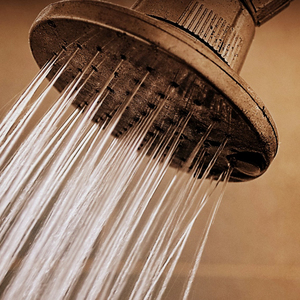
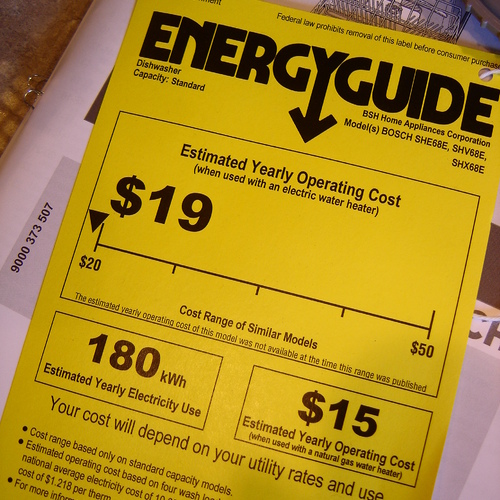
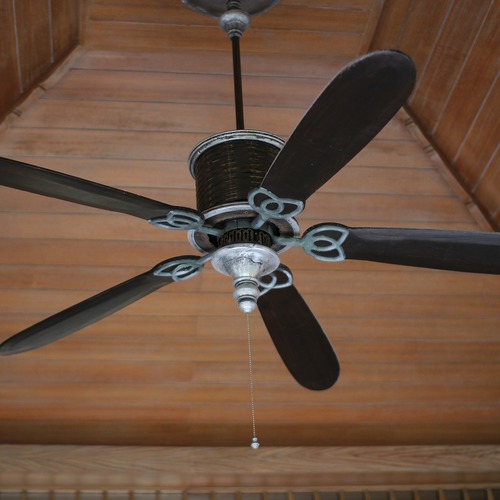
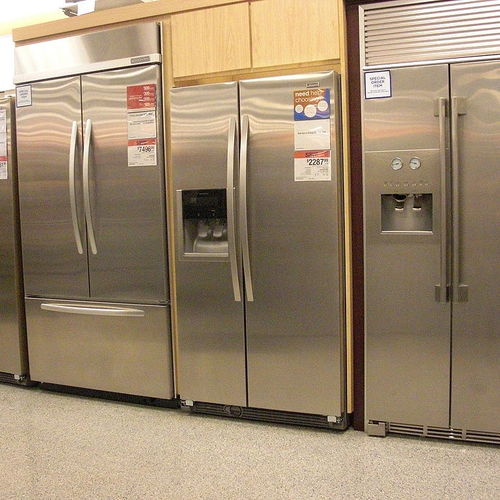






4 Comments
dual hose portable air conditioners
Internet folklore is that single hose portable air conditioners perform poorly because they pull in air from outside the room / building. While dual hose air conditioners perform more efficiently because the negative pressure is reduced.
Is this generally true?
Friedrich explains its dual hose units this way:
"ZoneAire’s dual-hose design provides up to 40% faster cooling and greater energy efficiency than single-hose units because indoor air is not vented to the outside and wasted. Only indoor air is conditioned and returned to the room.
Competitors’ single-hose designs rely on air leakage from doors and windows to make up for lost air volume as cooler indoor air is exhausted to the outside. A single-hose design takes longer to cool and uses more energy than ZoneAire’s dual-hose design. "
https://www.friedrich.com/products/commercial/portable/zoneaire
Response to Sharon Secrist
Sharon,
I can't vouch for the 40% figure, but the statement is true in its description of air conditioner function.
Sounds about right. I have one of the "single hose" units.
The way I understand it is that single hose portable A/C splits the interior air into two separate streams. #1 Is cooled as it passes through the evaporator and pushed back out into the room. #2 Pulls the heat generated by the unit itself and is vented outside via the single hose. Just like a window unit.
We used ours for about a month and it was a barely adequate short-term solution. Biggest problem with them is having one powerful enough to cool a room, but not so powerful that it will throw a fuse.
single versus dual hose portables
I did purchase both a single and dual hose portable unit at a deep discount. The intent was to test the heat pump feature. I would not use a portable unit for cooling, because a window unit is cheaper and at least as efficient. There are few window mounted heat pumps.
The dual hose worked better. Specifically, the single hose unit was unable to warm the house. My guess is it had to pull in too much air from the exterior.
If dual hose units are inherently superior, it would be good if they are disallowed.
Log in or create an account to post a comment.
Sign up Log in